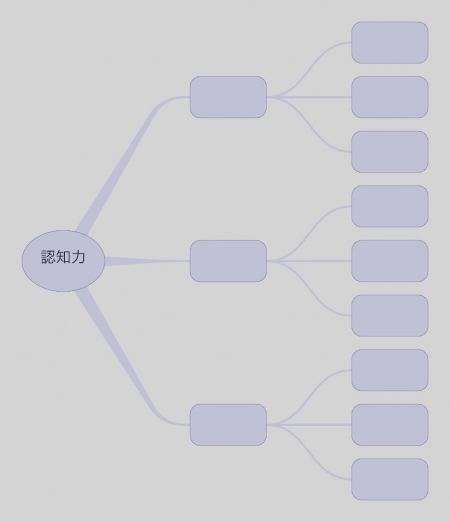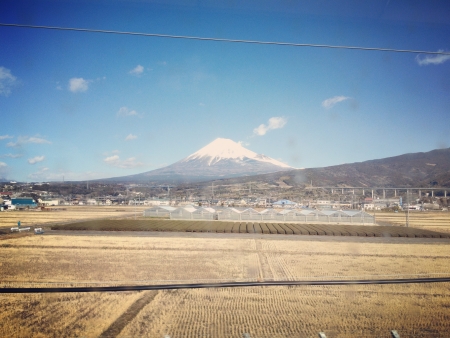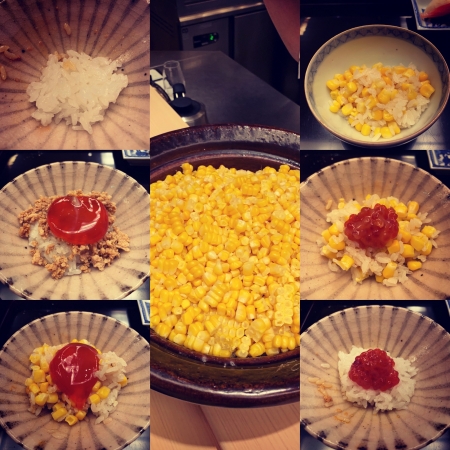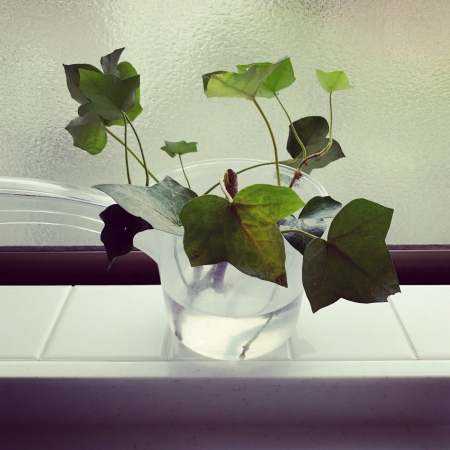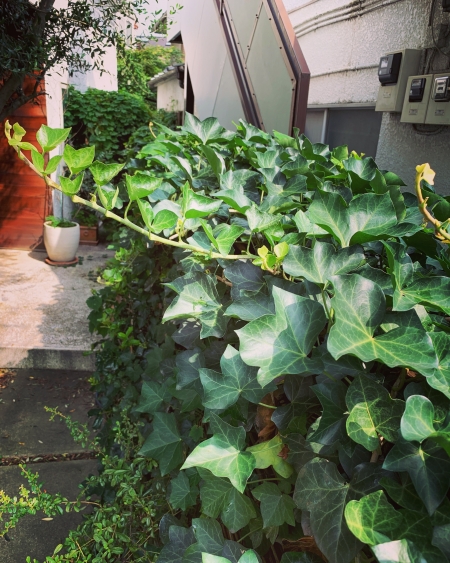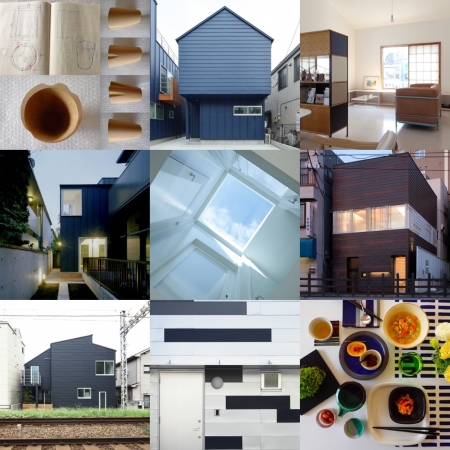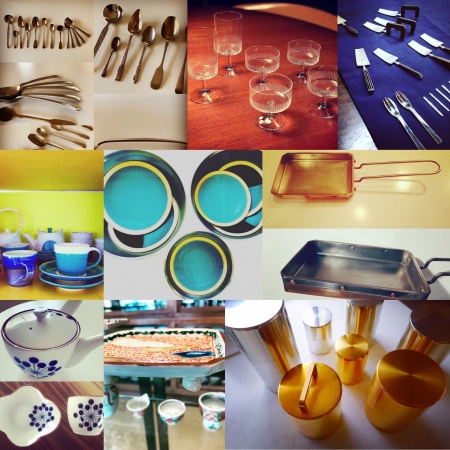つながりの認知力
もっと早くそこを教えて、とか、はじめからそれがわかっていればな、なんて、誰にでもあるのかはわからないけれど、子供の頃から、全体を俯瞰して把握するのは苦手で、そもそも、わからないことをわかるようにすること自体が上手くできなくて、今ならば、手軽にネットを使えばわかってしまうが、その信憑性は置いておいても、その差は大きいというか、だから、それが自分でわかっていたから、設計事務所に入社した頃は、当時、パソコンもネット無い、今この目の前のわからないことに対して、どうやって答えを出せば、仕事として問題が無いのか、ばかりを考えていた。
入社して1年目位は、まだ入ったばかりだし、わからないこどが多くても、なんて言っていられるような状況ではなかったし、パンクしていた。
それがちょっとだけ楽になったのが、担当者として1つの仕事を初期段階の打合せから設計、工事監理、完成までを通しで行なった後から、よく1年目の新人を担当者にするものだなと思ったけれど、図面も、先輩が手伝ってくれて、とりあえず納めて、現場も先輩にききながら、なんとか納めて、1通りやると、つながりが見えてくる、そうすると、仕事の内容が変わっても応用が効くから、どのような内容の仕事にも対応ができるようになった。
このつながりが、わかる人にはすぐわかるらしい、それを認知力と言うのだろうが、このつながりがわからない。
どこと、どこが、こうつながるから、のどこは、それがどういうことかはよくわかるのだが、というか、調べれば誰でもわかると思うが、つながり、要するに、関係性を把握するのが苦手かもしれないと、最近また思うようになった。
で、昔習ったノートの取り方で、マインドマップをまた使いはじめた。昔は何か面倒くさいなと思ったのが、その階層構造のおかげで全体の関係性がわかりやすくなり、認知力がアップした感じで、昔面倒だなと思ったことが今はジャストフィットということは、と思いながら、スマホでマインドマップを描く日々。
"Cognitive power of connection"
I don't know if anyone can know it from the beginning, or if I knew it from the beginning, but since I was a child, I'm not good at understanding the whole, and I don't know it in the first place. I couldn't do it well, so now I can easily understand it by using the Internet, but the difference is large even if I put the credibility, so that is Because I knew it myself, when I joined the design office, I was only thinking about how to give an answer to what I didn't know right before I had no personal computer at the time. It was.
In the first year after joining the company, I had just entered, and even if there were many children I didn't understand, I wasn't in a situation to say, and I was punctured.
What made it a little easier is that after a job as a person in charge, from initial meetings to design, construction supervision, and completion, the first year's newcomer is often in charge. I thought it was, but my senior helped me, and I paid it for the time being. Can be applied to any kind of work.
Those who understand this connection seem to know it right away. This is called cognitive power, but I do not understand this connection.
Everyone knows what it is and what it is because it is connected to where and where it is, but I think anyone can understand if you examine it, but it may be weak at grasping the connection, in short, the relationship I haven't had it recently.
So I started using Mind Maps again with the notes I learned a long time ago. In the past, I thought that something was troublesome, but thanks to its hierarchical structure, the overall relationship became easier to understand, the feeling of improved cognitive power, what I thought was troublesome in the past is now just fit Thinking of a day, I draw mind maps on my smartphone.

